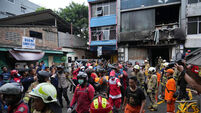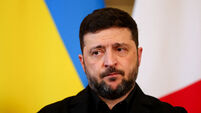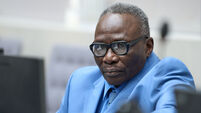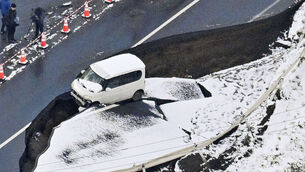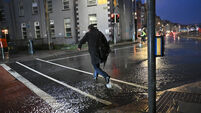Lebanese fighters 'used civilians as human shields'
Lebanese guerrillas used human shields in their recent war with Israel, according to a report from an Israeli think tank.
Israeli aircraft and artillery killed more than 850 Lebanese, most of them civilians, during the 34-day conflict with Hezbollah guerrillas.







